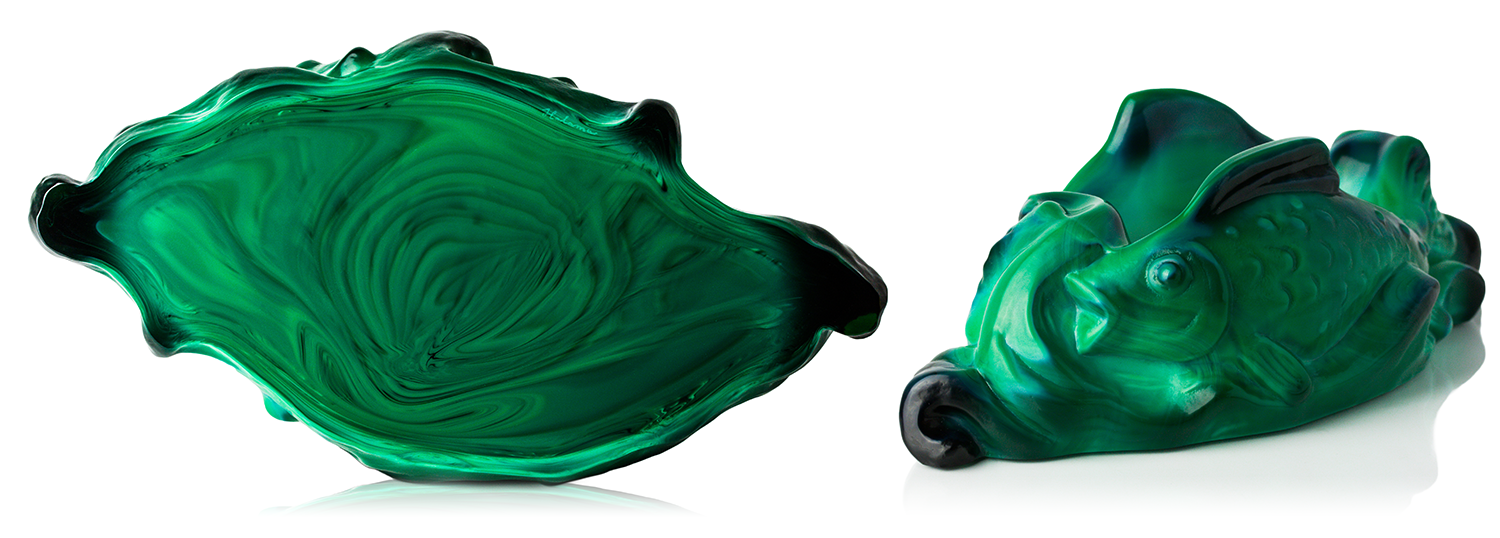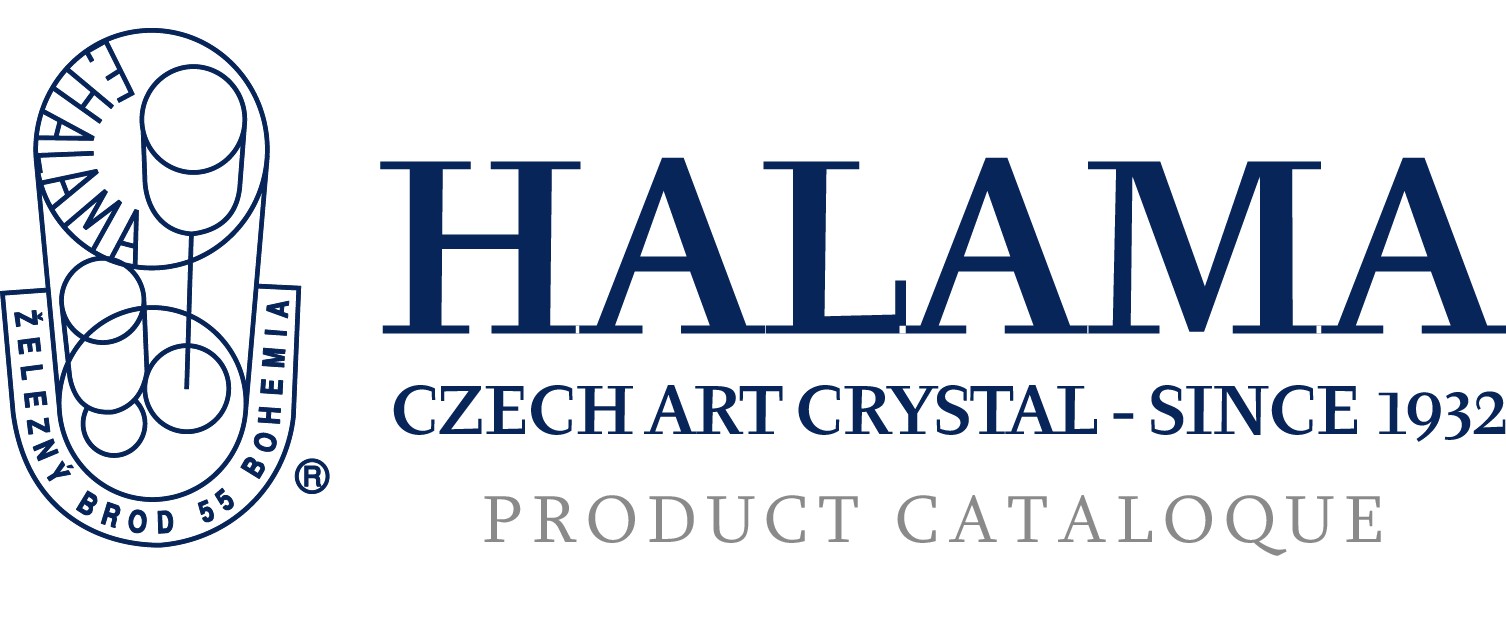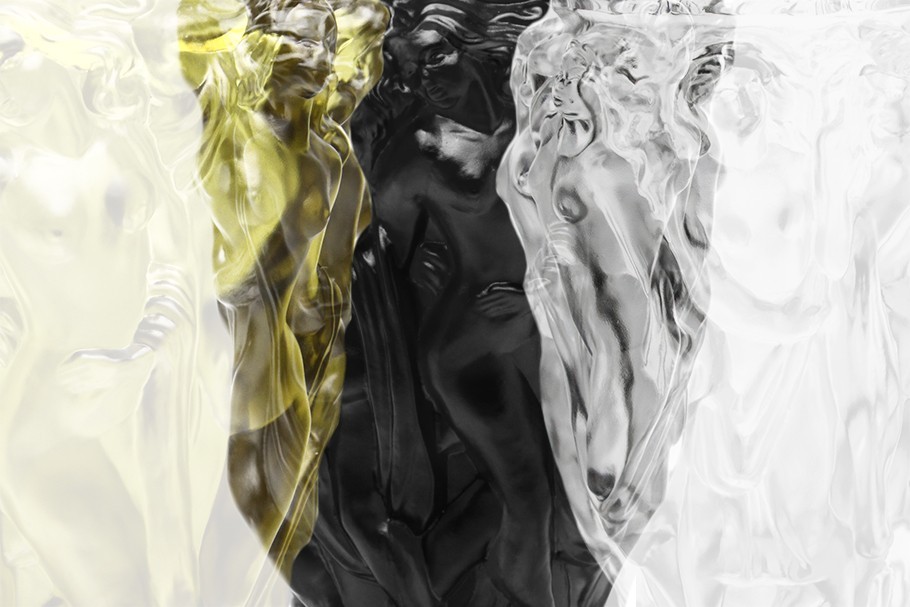- en
- cs

URANIUM GLASS
The Uranium glass is a very charming and specific sort. First products made of this type of glass come from 1840, when the then modern uranium glass began to be made. The recipe for making this glass states that the uranium oxide is obtained from the uranium ore (uraninite) by chemical and mechanical processes. This oxide, making in each Uranium glass product for 1% of its weight maximally, gives some specific characteristics to the glass. If shone at by an ultra-violet lamp the glass starts to fluoresce. Since this products exhibits activities values much lower than the uranium ore, the Gamma rays value measured at the uranium oxide is not dangerous. Uranium glass products show the Gamma rays value further 10 times lower than the uranium oxides. These facts make it clear that the uranium glass is not dangerous in any way. The rays are enchanted in the glass, enclosed or rendered harmless and presenting no danger to health. Currently, the uranium glass products are made in very limited quantities, all use of uranium oxide is closely registered by related state bodies, which grant permission for further processing thereof.
The Uranium glass was tested by the State Light Industry Test Institute and conforms to current standards of EU.
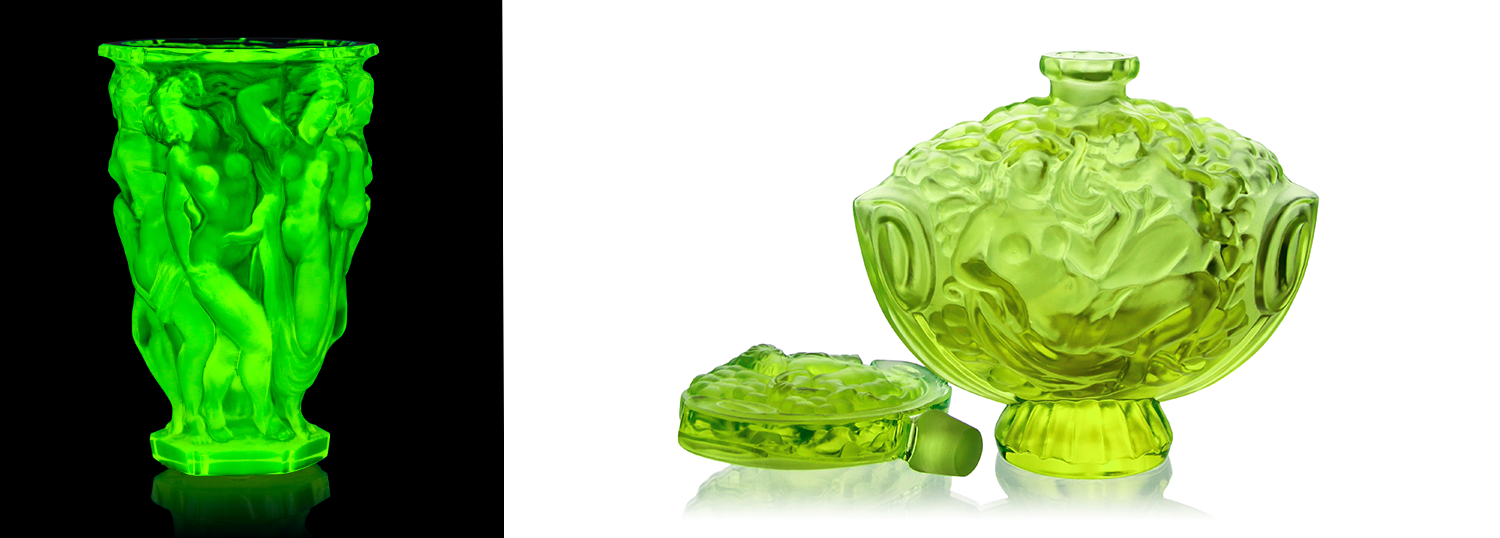
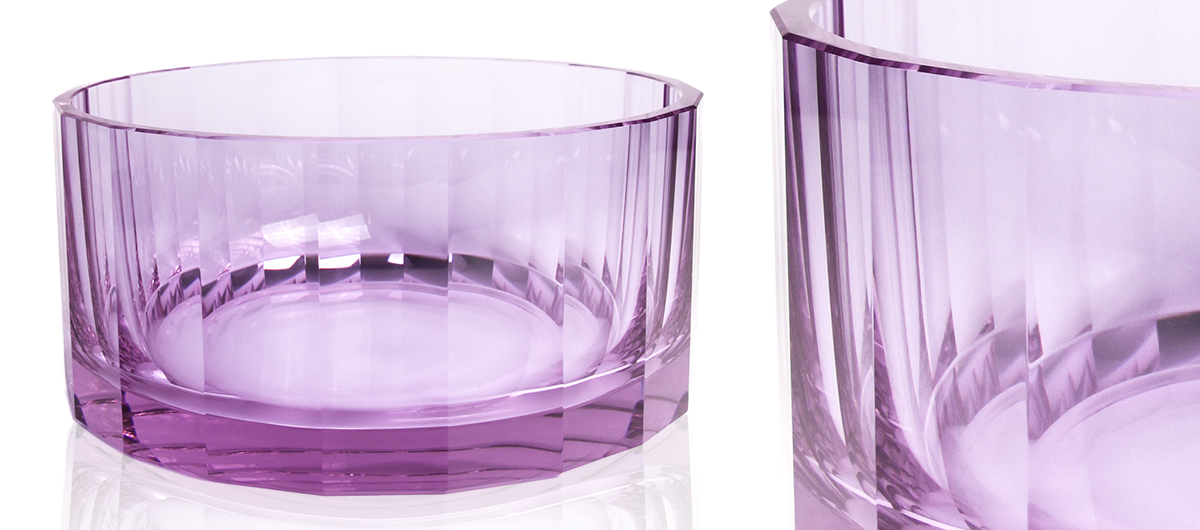
ALEXANDRITE GLASS
T This type of glass was created with other new color types between 1927-1930. The motive thereof was the Alexandrite gemstone. The Alexandrite glass has always been connected with success in the luxury glass section. Its glorious blue-violet shade, which charmed each lover of the beauty of glass, is still one of chief attractions in the section of colored glass. The element changing the glass color to violet is neodymium (neodymium oxide). The Alexandrite glass is specific for its light effects, the shade of color changes with light. If shone at with so-called “warm” light (using regular bulb, halogen lamps or daylight), the color is violet. If the Alexandrite is shone at using so-called “cold” light (fluorescent tube), the glass color changes to blue. The Alexandrite glass was tested by the State Light Industry Test Institute and conforms to current standards of EU.
Our production of relief items uses this glass mainly in toilet and liquor sets. However, customers may see on their own that this color gives a new line to smaller vases or individual bowls and caddies.
ANIMATION
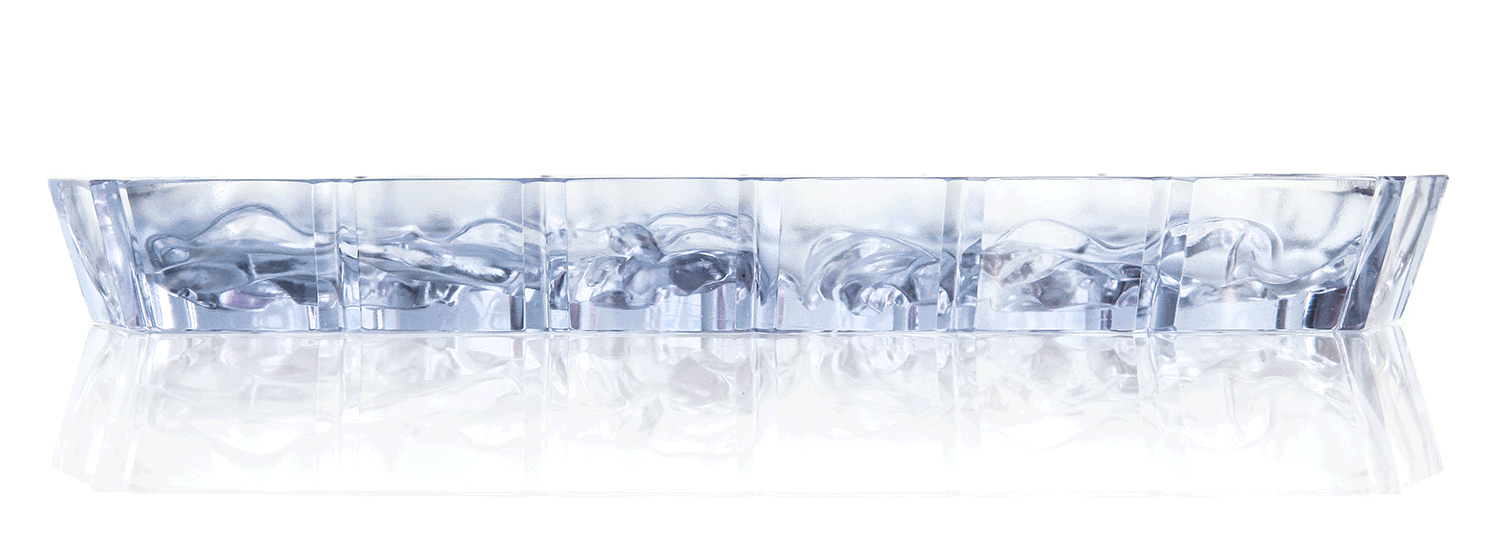

JADE GLASS OR MALACHITE GLASS
The Jade glass production comes from a tradition brought to the Czech region by Phoenician caravans traveling to the Baltic shore in search for amber. Since then, some historic sources mention the malachite raw glass production called sometimes Jade. The inspiration comes from the gemstone jadeite, malachite, used by ancient artists in China to make sculptures dealt with by Venetians, Phoenicians and Jews.
According to a special recipe and a special technological procedure we achieve a deeply turbid glass – JADE GLASS produced in several color variants. Green – Jade, blue – Lapis lazuli and blue-green – Jade turquoise.
Specific and inimitable patterns of each piece highlight the real uniqueness of this type of glass. Even when maintaining the recipe of mixing the glass, the color of individual products is influenced by conditions achieved during melting and working itself. External conditions like temperature, pressure and humidity together with the immediate temperature of the worked glass and the duration of working it influence the ever-changing grain and shade of every piece. Thus, it is possible to compare truly inimitable patterns and shades of individual products and admire the idea of creation of this glass mystery. Subsequent working procedure differs from standard types of glass due to a high hardness of the Jade glass. For cutting, special natural stones or cutting diamond disks have to be used, they have to be employed for hand-cutting as well. To achieve a deep shine highlighting the grain of Jade glass, the finest cutting pastes are used, which, through mechanical polishing on wooden or felt disks help achieve a shine on every flat surface or shaped cut. Tiny or even microscopic bubbles on the surface of products, which are created during melting of may elements of the mixture of origin, are proofs of melting the “genuine” Jade.
The Jade glass is used for production of liquor and toilette sets and for selected vases, bowls and ash-trays. Thanks to their specific appearance, the Jade glass products are unmistakable accessary of many interiors and precious pieces in valuable collectionners’s sets.
The Jade glass was tested by the State Light Industry Test Institute and conforms to current standards of EU.
